Life on char islands in the Brahmaputra a daily struggle in monsoon floods
Chars are riverine islands in the Brahmaputra formed through silt deposits. During monsoons, many chars get partially or fully submerged affecting delivery of basic services.

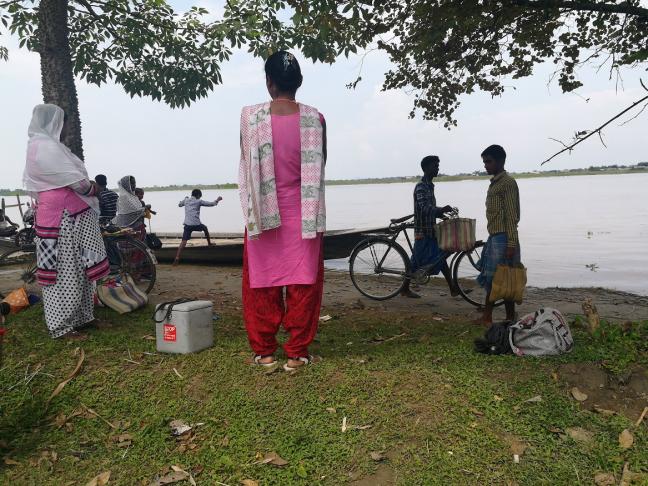
Ramhari char: Nurses waiting for a boat to take then to the sub-centre where they work. Photo by Amala Devi/WRI India
It is the monthly immunisation day, and Salma Khatun is waiting for the boat to take her across the Brahmaputra to Ramhari Char. She holds in one hand an ice box, filled with vaccines she will be administering later that day, and on the other, an umbrella, to protect herself from the fierce summer sun. Salma is a nurse at the only health centre in Ramhari Char, an unelectrified island village, one of the many scattered throughout the vast Brahmaptura. In the absence of electricity and storage at the village, health workers like Salma travel to the mainland on the first Wednesday of every month to collect vaccines for immunising children back at her health centre.
Chars are riverine islands in the Brahmaputra formed through silt deposits. Life in the char is defined by the mighty river. People depend on the river for food, water, livelihoods and transportation. Most households depend on the river for their daily fish, cultivation of crops like sugarcane and vegetables, and for growing, soaking and drying jute.

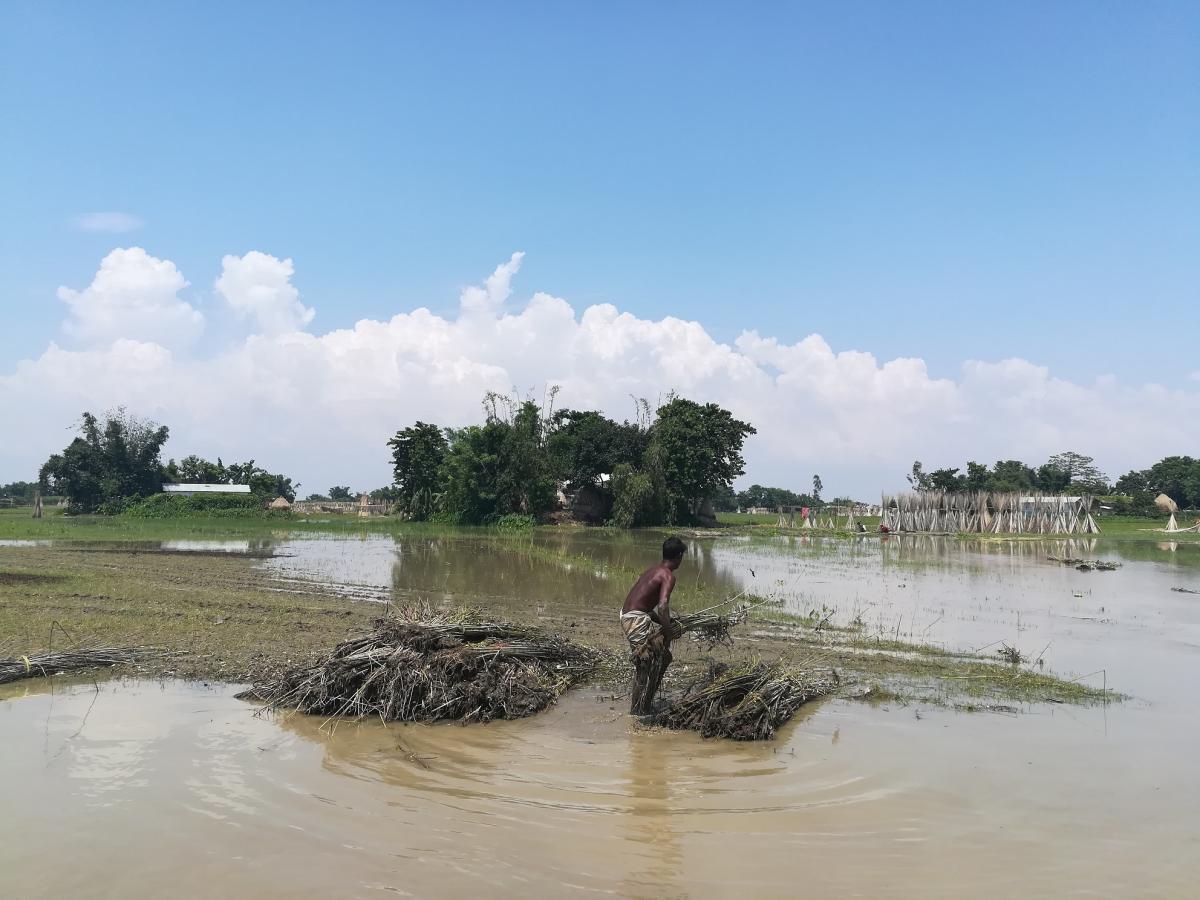
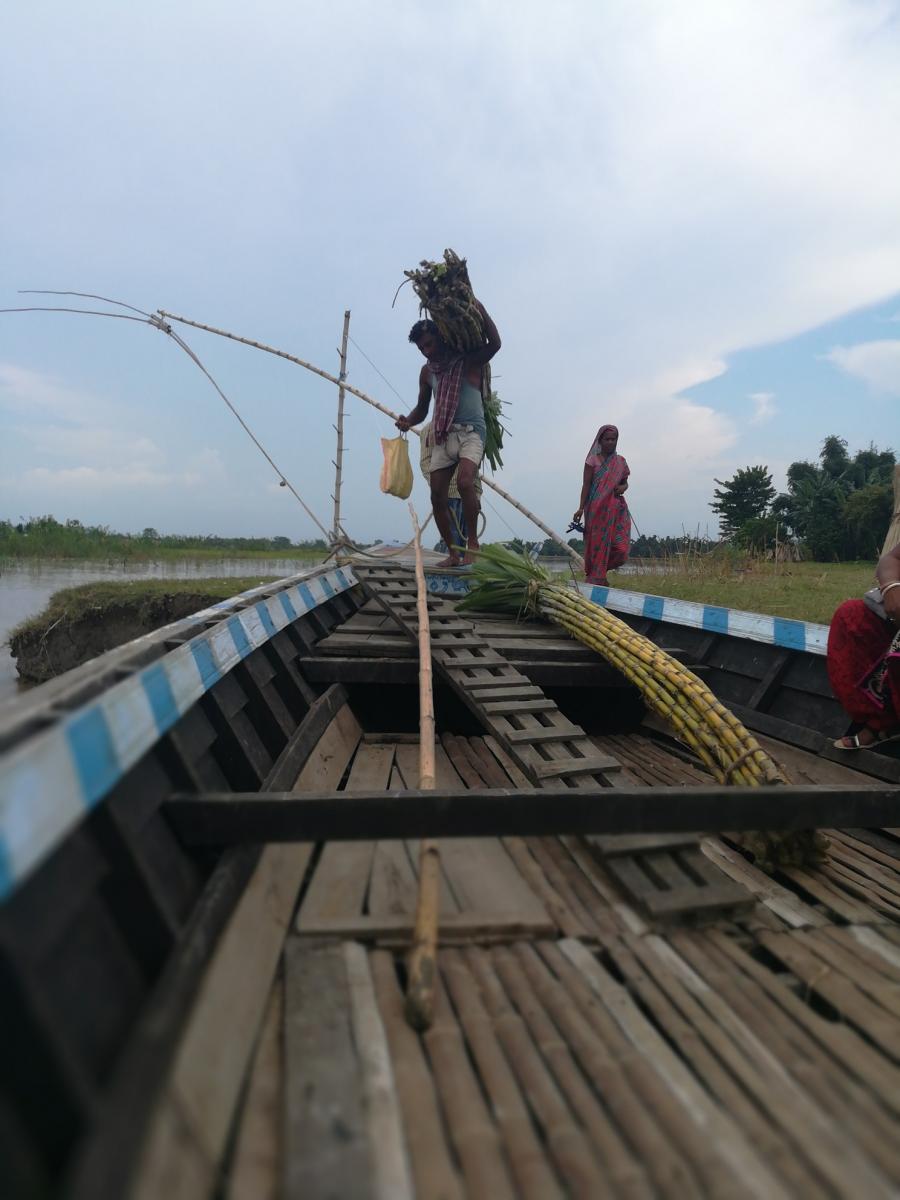
During monsoons, many chars get partially or fully submerged by the flooded river, forcing their residents to move to higher ground. To cope with this, most houses are made of materials like bamboo that can be easily dismantled or are built on stilts. The monsoon floods also affect all infrastructure in its path, including buildings like schools and hospitals. Most char villages remain unconnected to the electric grid as their unique terrain makes grid extension unfeasible.

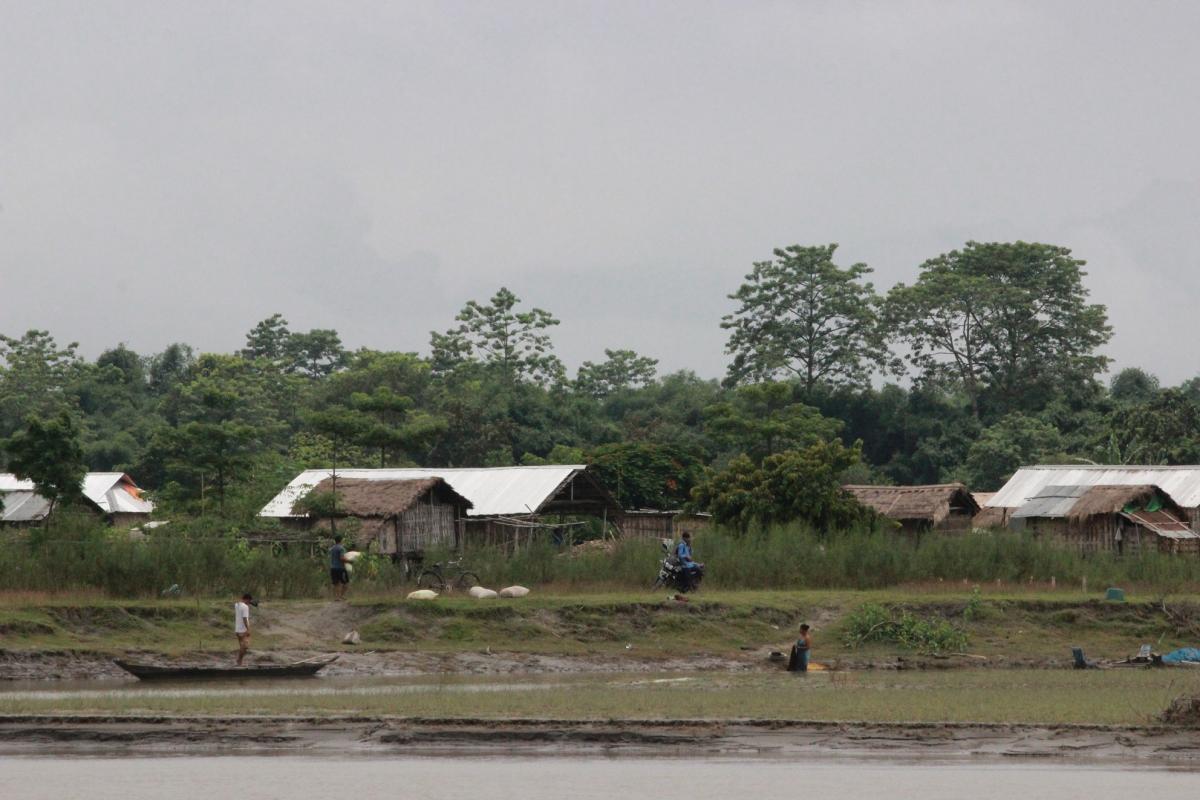
The lack of electricity brings with it a lack of access to the most basic services – be it lighting after dark, electric fans for the hot and sultry afternoons, or running water for toilets.
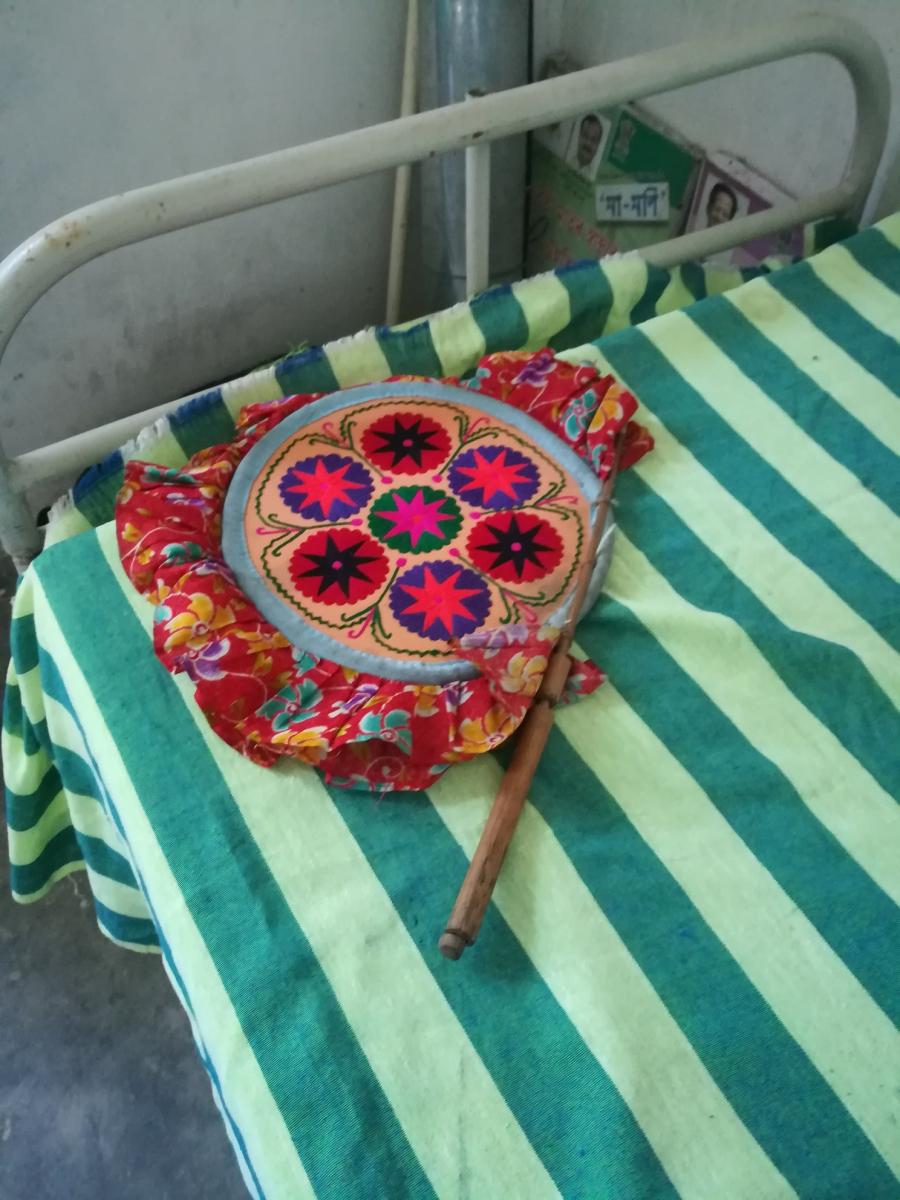

Nurses like Salma look after their patients in dark and dingy health centres, managing with limited supplies as they are unable to stock essential medicines and vaccines that require refrigeration. During monsoons, when health centres get submerged, medical emergencies must be transported to the mainland via boat.
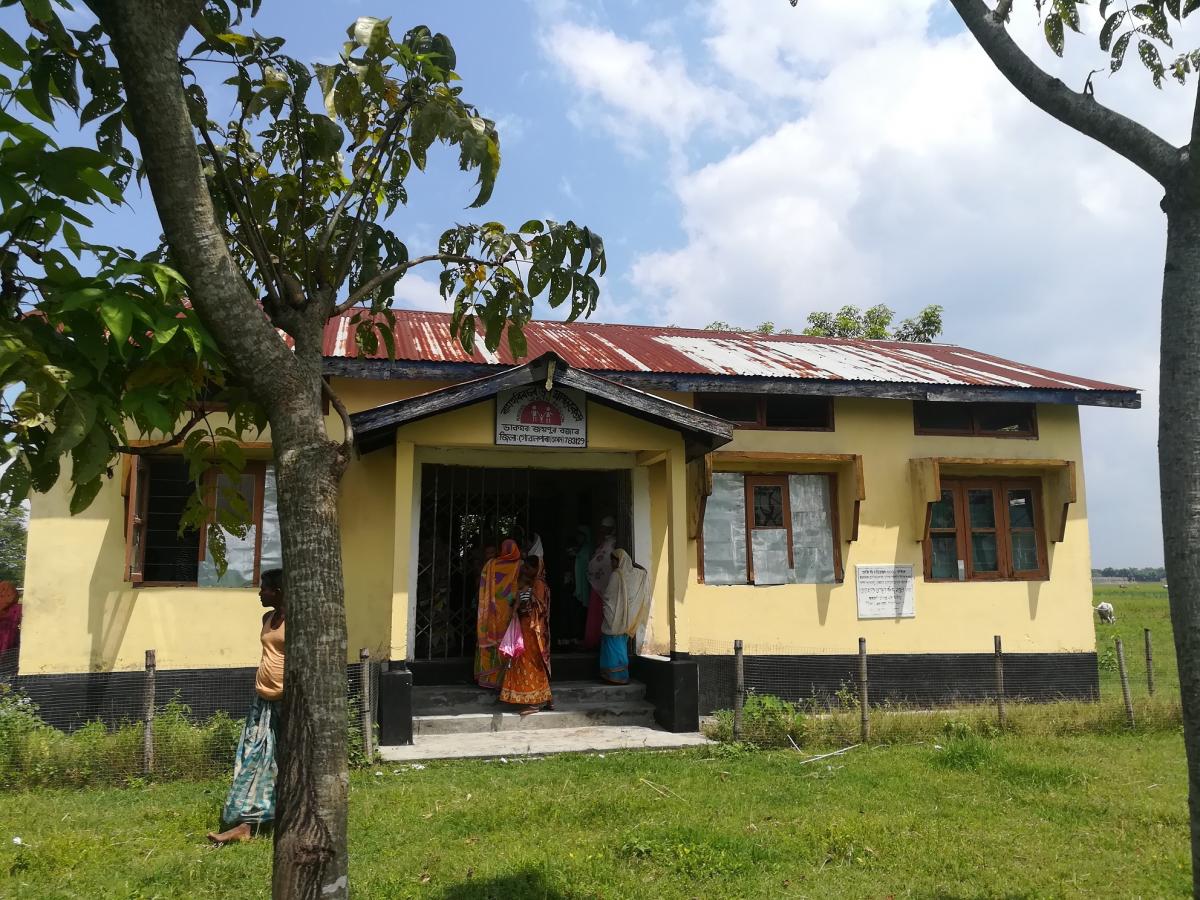

The situation, however, is changing slowly, with the arrival of decentralised renewable energy solutions. Markets in the mainland have started selling small solar panels, that can power lights, fans and mobile chargers.

Small solar panels have also been installed in some schools, providing students the much-needed lighting and fans.

Some larger char villages are even investing in microgrids. Farmers donate a part of their land for the setting up of solar panels, the electricity from which is then transmitted to every house and establishment in the char through local distribution poles and wires.
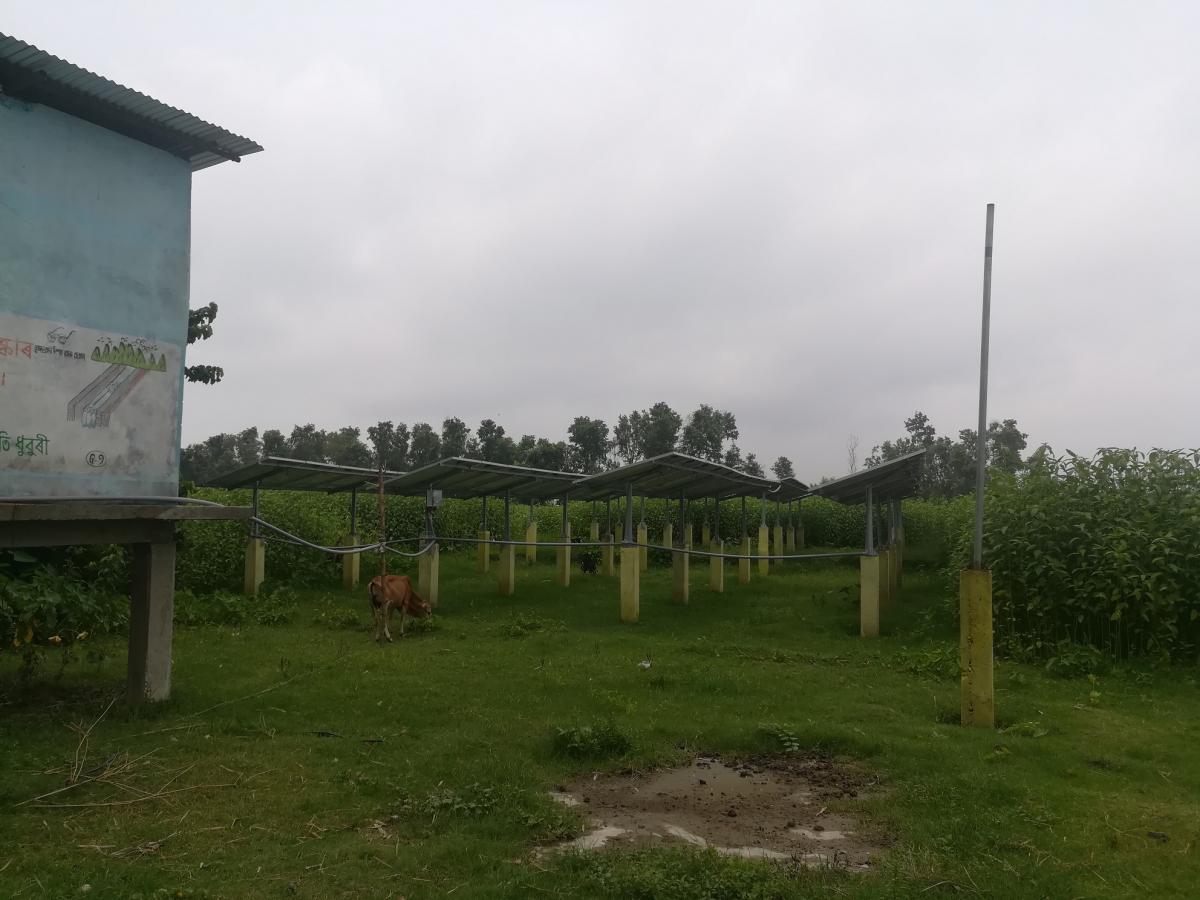
Solar powered boat clinics are being introduced by Centre for North East Studies and Policy Research and National Health Mission serve the health needs of the char population. These boats carry medical professionals and supplies to remote char villages for regular check-ups and vaccinations.
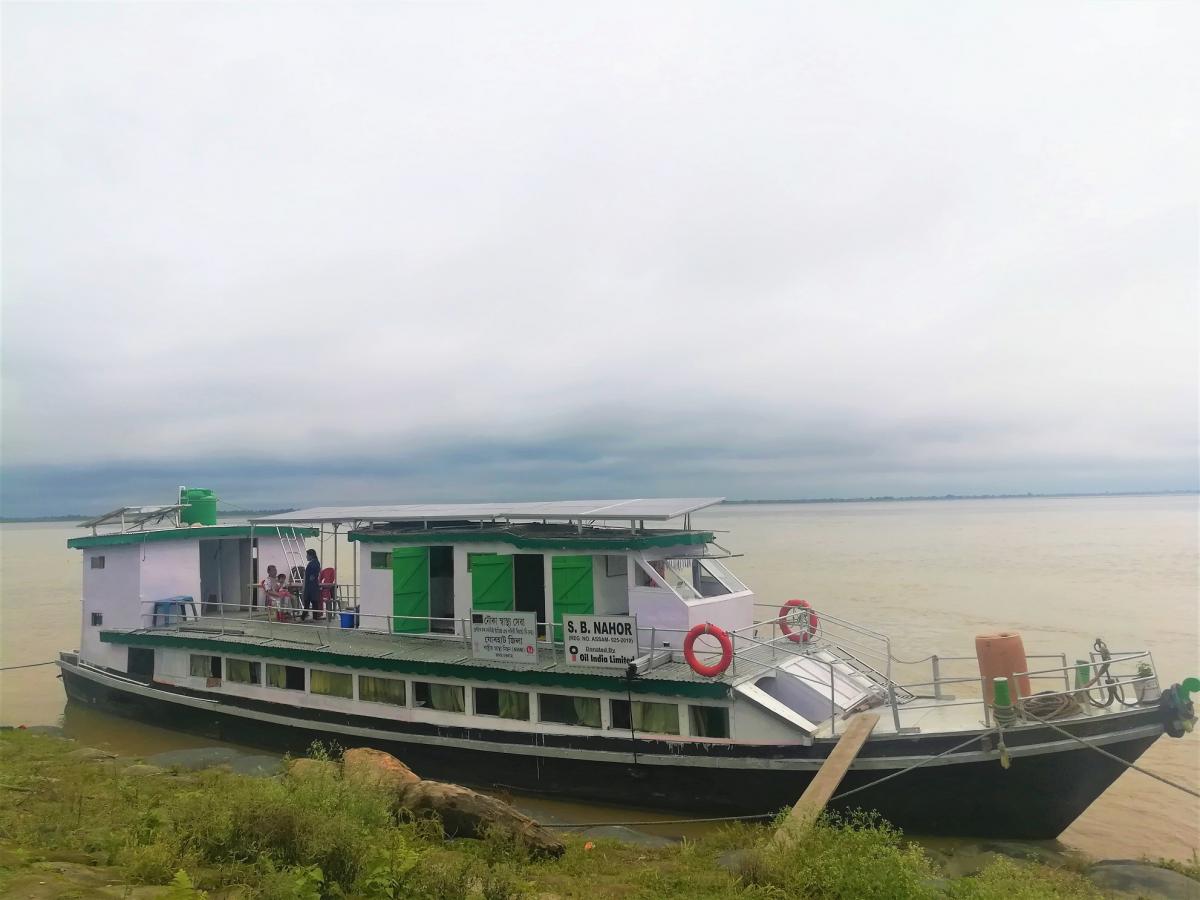
While decentralised renewable energy provides many opportunities for villagers in the region, the remoteness and inaccessibility result in inadequate maintenance. There is a need for innovative implementation and financing models that learn from the local adaptation mechanisms of the char people.

Please note: Names and identifying details have been changed to protect the privacy of individuals.
This article has been sourced from WRI India. You can read the original article here.

